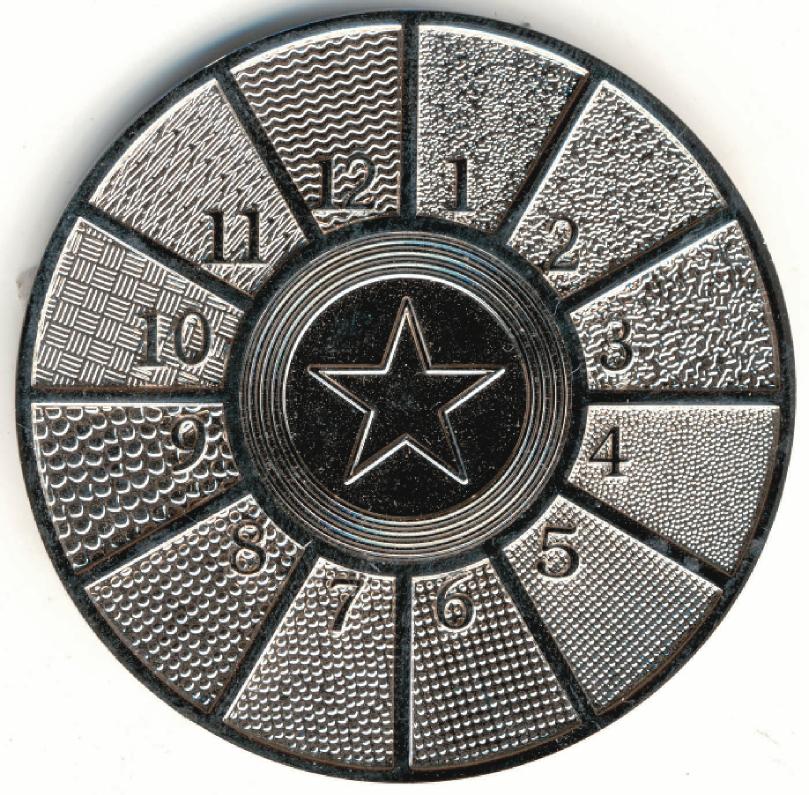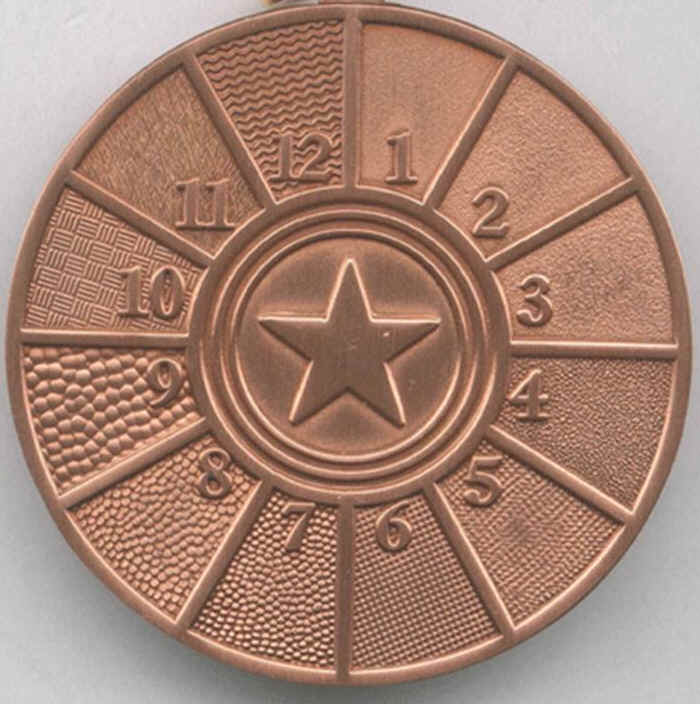Sandblasting procedure is available for 2D design only not suitable for 3D cubic designs.
Texture is a surface process on some part of the metal, which is a slightly raised or recessed relief in the shape of regular cross lines or random spots. The products with no enamel applied on may look much too shiny because the raw product will be polished to be very smooth and the dense plating layers covered on the surface looks like mirrors. Texture and antique finish aim to solve this problem. Texture is usually applied on the background or the backside of the product, it can distribute the light reflection from one direction to many directions to weaken the brightness of some certain part, and manifest the other metal layers and relief so as to highlight the text or logo above the texture background. On the other hand, the texture act as a decoration on the dull background. The texture on the backside of the product could also do better on preventing scratches during transportation compared with smooth and mirror-like ones.
Texture could be made by two kinds of process:sandblasting and mold-made texture. Sandblasting is made by a sandblasting machine after plating process. Many small sands will hit on the metal and leave many tiny and dense indentations on the surface of the metal. The highest level will then be polished to be smooth and shiny under a polishing machine. Only 2D relief products could apply this process because you can’t polish 3D metal relief to be smooth and shiny where it is not flat. And you can only apply one size of sandblasting on the same piece of product.
Mold-made texture is made by the mold when the raw product is made out. The texture is made on the mold either by a electrical sparkle machine, etching, or hammering by hand. It is possible for both 3D and 2D relief products to use this process. Different kinds and sizes of texture could also be applied on the same piece.

